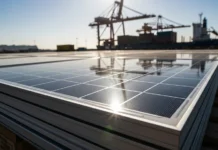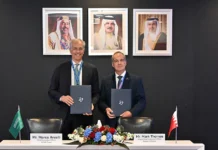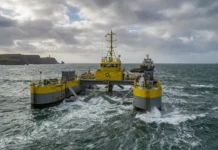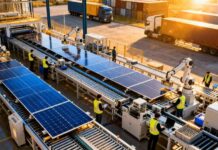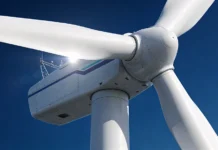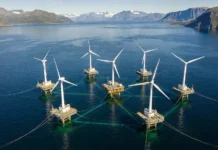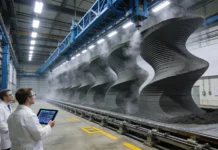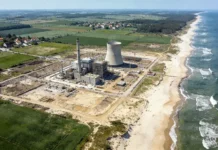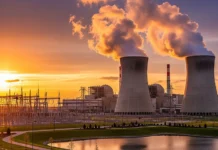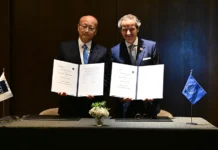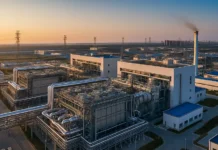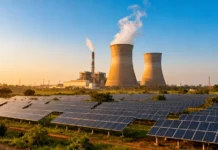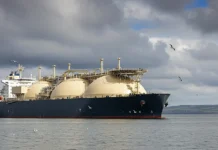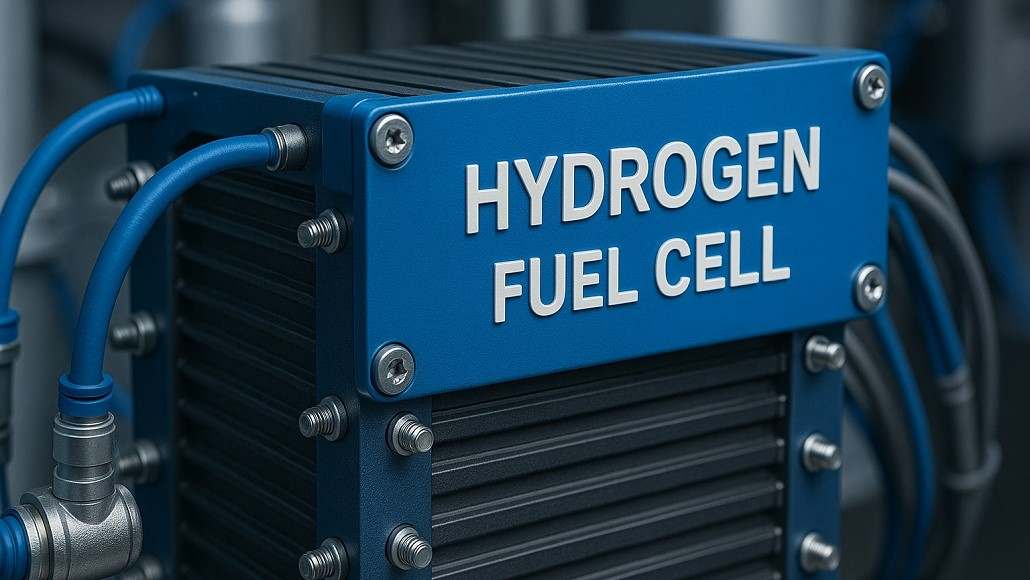Engineers at West Virginia University have developed an advanced fuel cell that has the potential to transform the power grid with the ability to manage variable energy sources such as solar and wind efficiently.
The team’s protonic ceramic electrochemical cell (PCEC) stores and generates electricity and produces hydrogen from water.
Researchers say that in contrast to previous designs, the WVU fuel cell performs steadily at high heat and steam due to a new “conformally coated scaffold” structure.
Proven to work successfully exceeding 5,000 hours at 600°C, it significantly surpasses past models, providing a durable solution to blending renewable energy into the U.S. electrical grid.
Stable electrolysis tech
Integrating intermittent sources such as wind and solar into the electrical grid requires sophisticated energy storage and conversion solutions as the drive to decarbonize the energy industry gains pace.
Experts suggest that by switching between energy storage and power generation, PCECs offer a critical solution for the strained US electrical grid, which must manage unpredictable energy input from diverse sources, including traditional power plants, hydropower, rooftop solar, and ocean wave systems.
Current PCECs fall short, though, with limited long-term stability under industrial high-temperature, high-steam conditions because of material degradation and poor electrode–electrolyte adhesion.
“In response, our group built a conformally coated scaffold (CCS) design by connecting electrolytes, and we coated and sealed it with an electrocatalyst layer that’s stable in steam, absorbs water, and stays intact as temperatures rise and fall.
Protons, heat, and electricity can all move through the structure,” Xingbo Liu, professor of materials science and associate dean for research at the WVU College of Engineering and Mineral Resources, said in a statement.
The WYU team’s prototype proved to be highly resilient, running for more than 5,000 hours at 600 degrees Celsius and 40 percent humidity. Throughout this period, it conducted around-the-clock electrolysis, disassembling water molecules to produce electricity as well as hydrogen.
Steam-tolerant fuel cells
The new design of the US fuel cell greatly outperformed earlier protonic ceramic electrochemical cell (PCEC) technologies, which lasted for considerably shorter periods and suffered evident deterioration in performance with time, the previous benchmark having been only 1,833 hours.
The WVU researchers suggested a CCS architecture to address the limitations of earlier designs. This design of the US fuel cell not only showed outstanding performance for producing energy but also showed excellent efficiency for energy storage.
Their CCS-based system showed stability in repeated and smooth transitions between fuel cell and electrolysis modes over long 12-hour cycles. In a modern power grid increasingly dependent on intermittent renewable energy sources, the capability to switch dynamically is key to maintaining things in balance.
The team addressed long-standing issues with PCECs, including steam-induced electrolyte degradation and thermal incompatibility between electrolytes and oxygen electrodes, leading to faulty connections at elevated temperatures.
The addition of barium ions to the coating was intended to achieve proton conduction by improving its water-retention capability. In order to scale up the CCS cells while maintaining structural integrity, nickel ions were used.
In addition, because the system operates on water vapor, it has the ability to use saltwater or poor-quality water, thus reducing the need for purified water and making it suitable for diverse environments and grid applications.
“All that shows promise for scaling up to industrial levels. We showed that it’s possible to make, on a large scale, CCS fuel cells that will stay strong and stable under intense conditions,” said Hanchen Tian, a WVU doctoral student and postdoctoral researcher at the time of the study, in a statement.



